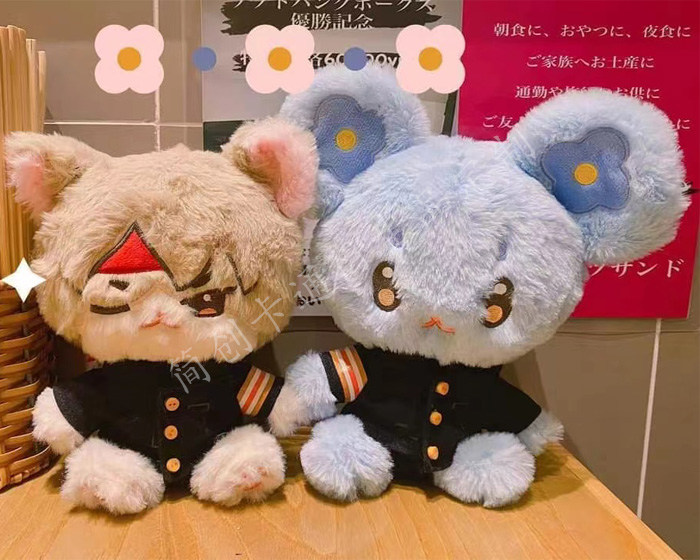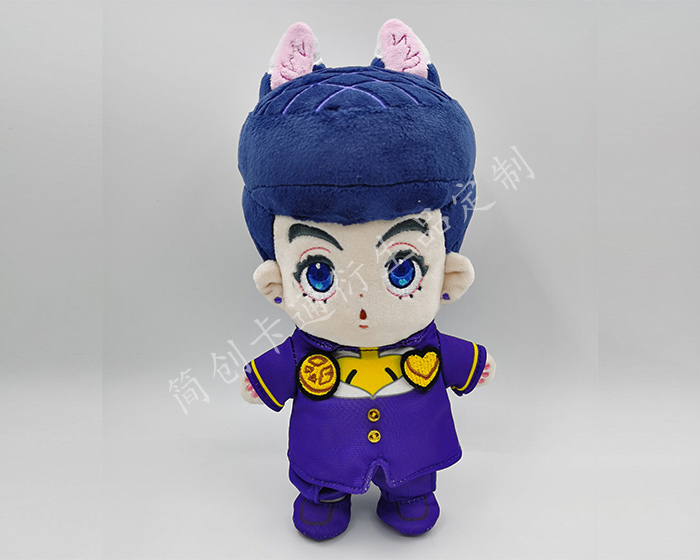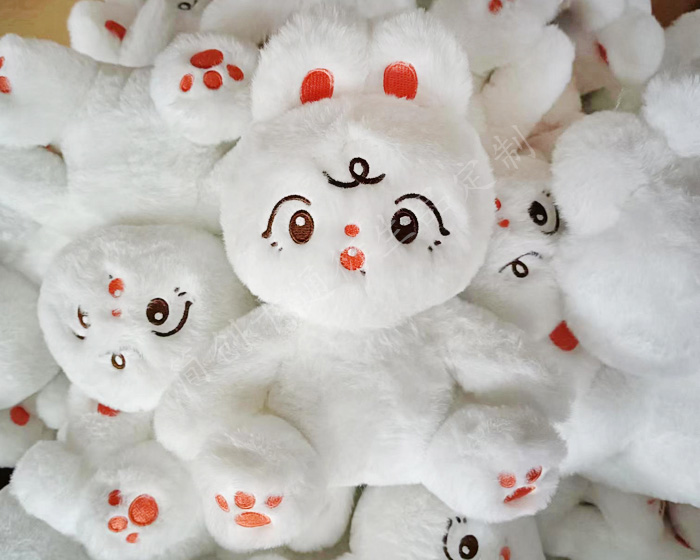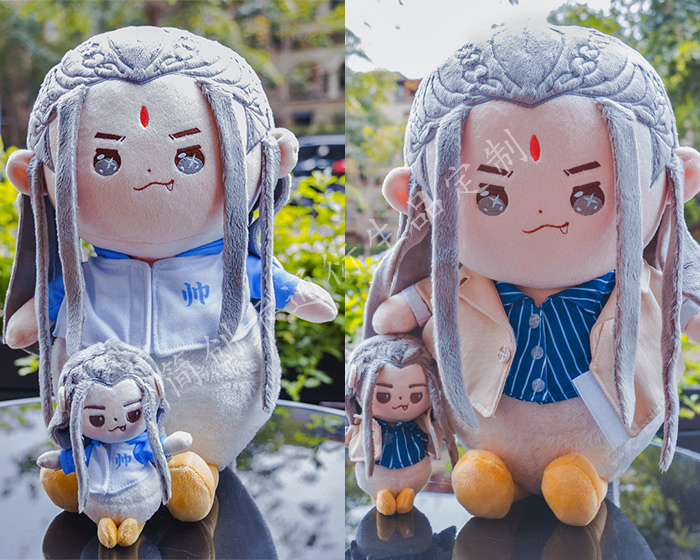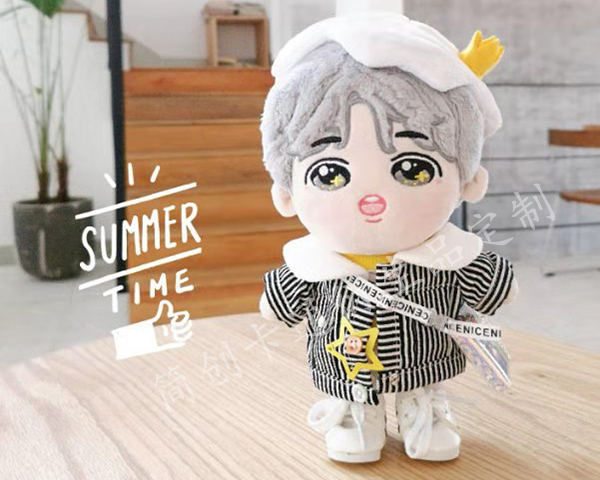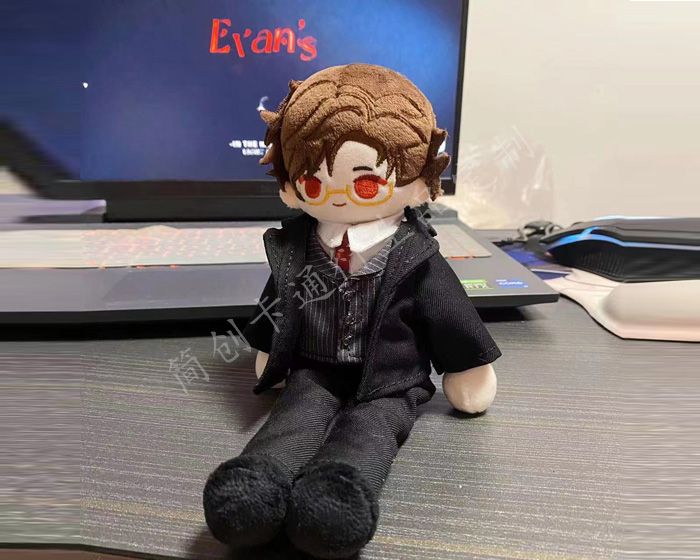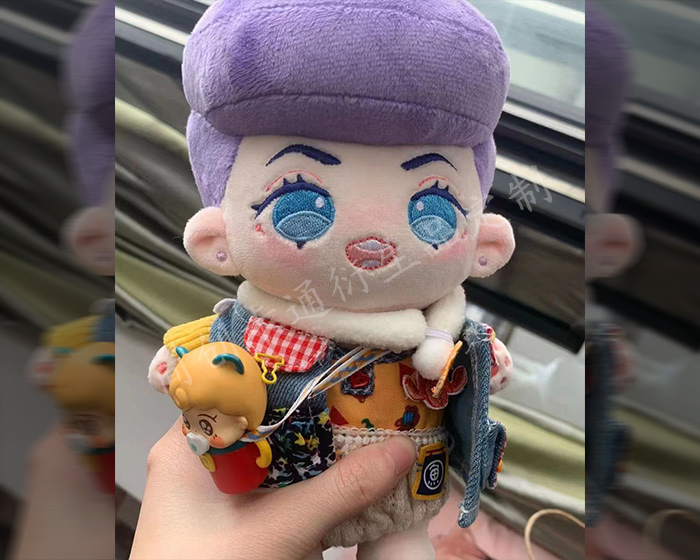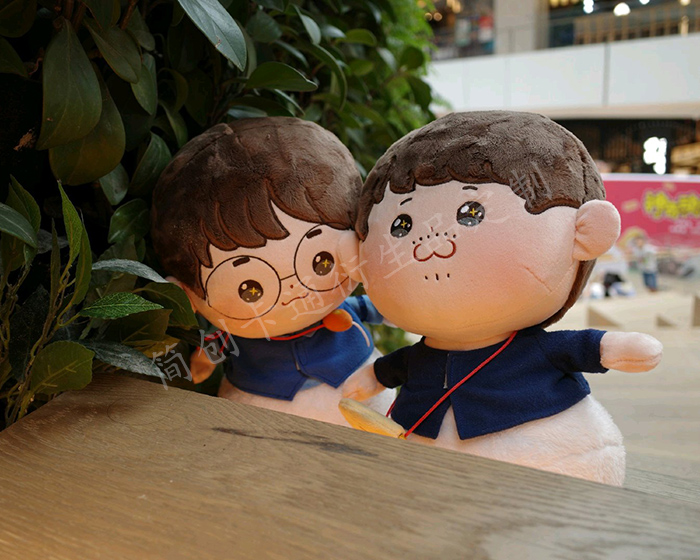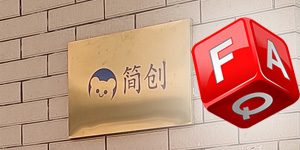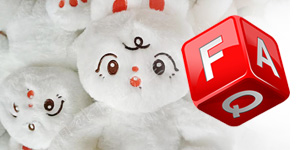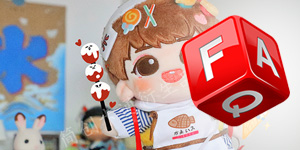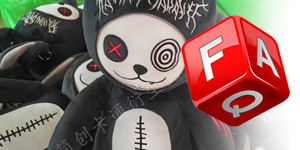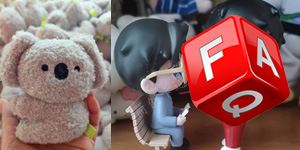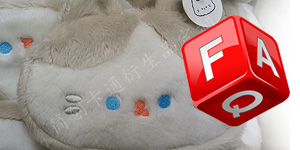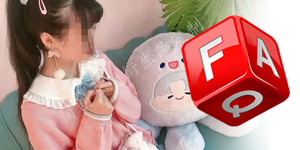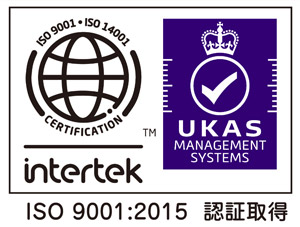stuffed animals are cherished companions for many, providing comfort and joy, especially to children. However, when it comes to cleaning them, many people wonder why machine washing isn’t always recommended. While some stuffed toys can handle a trip through the washing machine, others may suffer damage if not properly cared for. Here are several reasons why machine washing can be problematic for certain stuffed animals.
1. Material Sensitivity
One of the main reasons some stuffed animals can’t be machine washed is the sensitivity of their materials. Many plush toys are made from delicate fabrics or feature embellishments like sequins, buttons, or glued-on parts. The agitation and friction of a washing machine can cause these materials to tear, fray, or detach, compromising the toy's appearance and integrity.
2. Stuffing Issues
The stuffing inside a stuffed animal can also be a concern. Common stuffing materials like polyester fiberfill can clump or break down when exposed to water and agitation. This can lead to uneven shapes, lumps, and an overall loss of the toy’s plush feel. In some cases, the stuffing may retain moisture, leading to mold growth if not dried thoroughly.
3. Risk of Color Bleeding
Many stuffed animals come in vibrant colors and patterns, which can bleed when exposed to water, especially in a washing machine. If colors run, the toy can become discolored, ruining its appearance. This is particularly true for toys that are not colorfast, meaning their dyes are not set and can easily wash out.
4. Safety Concerns
Stuffed animals designed for infants or young children often include small parts, such as eyes or nose pieces, that can pose a choking hazard. Machine washing can loosen these parts, increasing the risk of them detaching and becoming a hazard. For safety reasons, many manufacturers advise against machine washing to prevent any potential dangers.
5. Quality of Construction
The construction quality of the stuffed animal also plays a role in determining whether it can be safely washed in a machine. Toys that are poorly sewn or constructed may not withstand the rigors of a washing machine, leading to seams splitting or stuffing leaking out. High-quality stuffed animals may be more resilient, but even they can be at risk if not washed correctly.
Alternatives to Machine Washing
Given these concerns, many people turn to alternative cleaning methods for stuffed animals:
-
Spot Cleaning: For minor stains, a damp cloth and mild soap can be effective. Gently dab the stained area without saturating the fabric.
-
Hand Washing: If the toy is particularly dirty, hand washing is often a safer option. Fill a basin with lukewarm water and mild detergent, and gently submerge the stuffed animal, taking care not to agitate it too much.
-
Dry Cleaning: Some toys may require professional cleaning, especially if they are made from delicate materials or have sentimental value.
Conclusion
While many stuffed animals can withstand machine washing, others may suffer irreversible damage from the process. Factors such as material sensitivity, stuffing issues, color bleeding, safety concerns, and quality of construction all play a role in determining whether a stuffed toy is machine washable. Understanding these factors can help you care for your plush companions more effectively, ensuring they remain safe, clean, and cherished for years to come.
The following are some examples of plush toys that our factory customizes for customers. Check out if there is one that you like best.
-
Custom Animal Plush
-
Cute Plush Doll
-
Custom Stuffed Animals
-
Plush Toy
-
Plush Dolls
-
Custom Stuffed Dolls
-
Custom Plush Toy
-
Cotton Dolls
-
Weighted Plush Toys
-
Cute Stuffed Animals
-
Custom Pet Stuffed Animal
-
Warmies Stuffed Animals
-
Weighted Stuffed Animal
-
Soft Toys
-
Plush Stuffed Doll
-
Custom Stuffed Dolls
-
Plush Maker
-
Bear Stuffed Toy
-
Anime Plush
-
Custom Stuffed Animal
-
Anime Plush
-
Custom Plush Toy
-
Personalised Stuffed Animal
-
Plush Animal Toys
-
Custom Plush Makers
-
Custom Plushies
-
Toy Manufacturer
-
Rag Doll Making
-
Custom Toys
-
Dog Plush Toys
-
Custom Rag Doll
-
Stuffed Animals
-
Custom Plush
-
Custom Plush Dolls
-
20cm Cotton Doll
-
Jojo Plush
-
Custom Doll
-
Jojo Doll
-
Large Plush Toys
-
15cm Cotton Doll
-
Dumpling Plush
-
Cotton Doll







